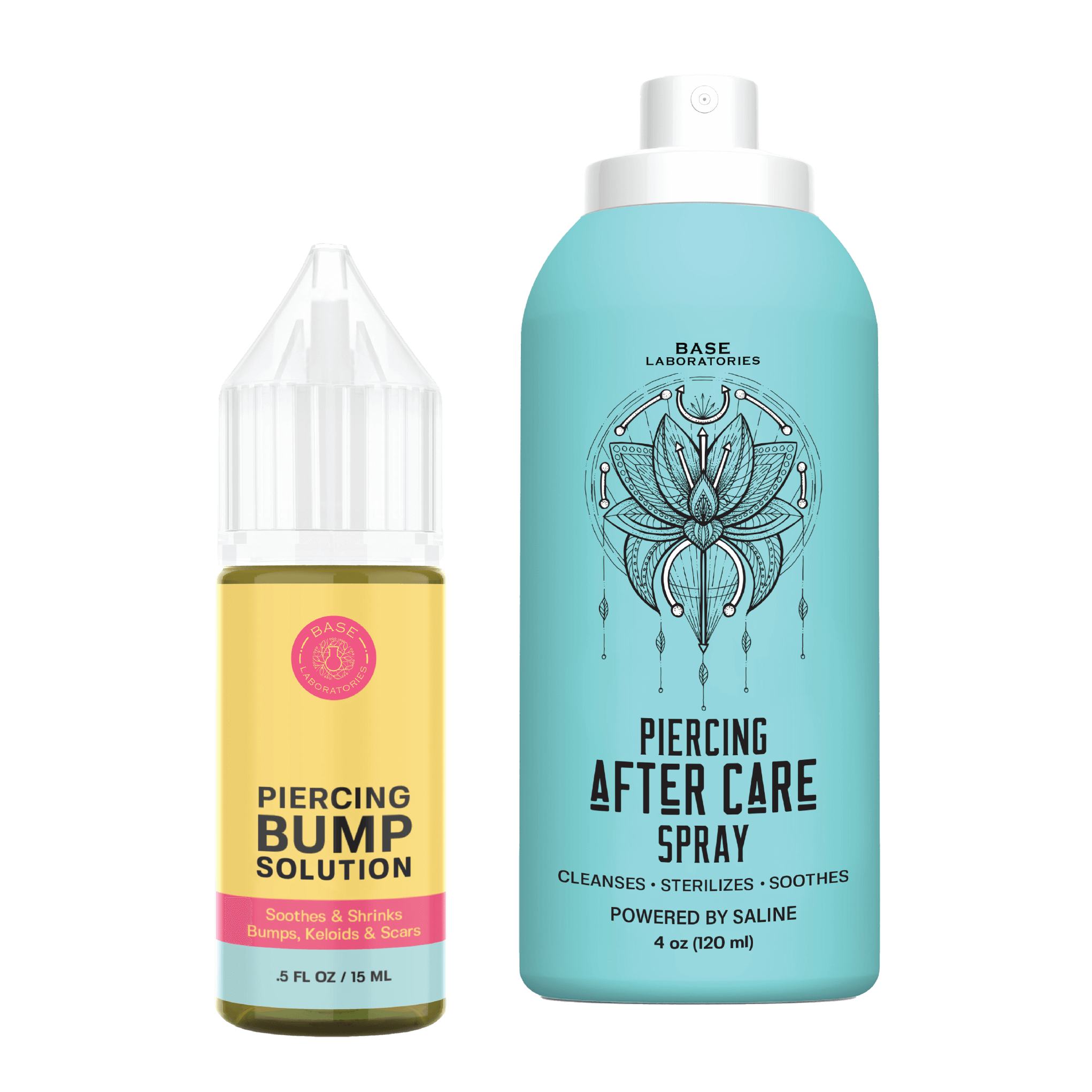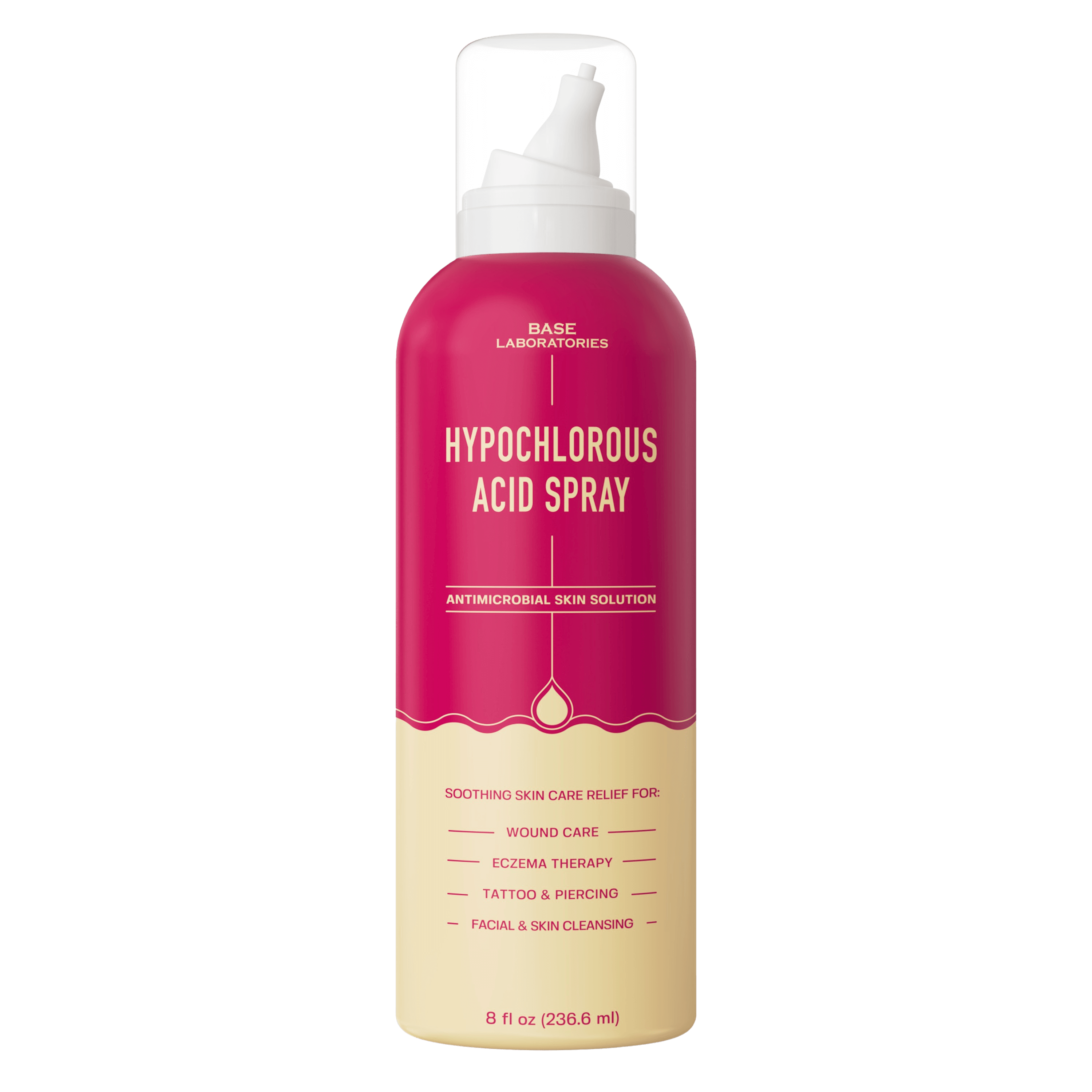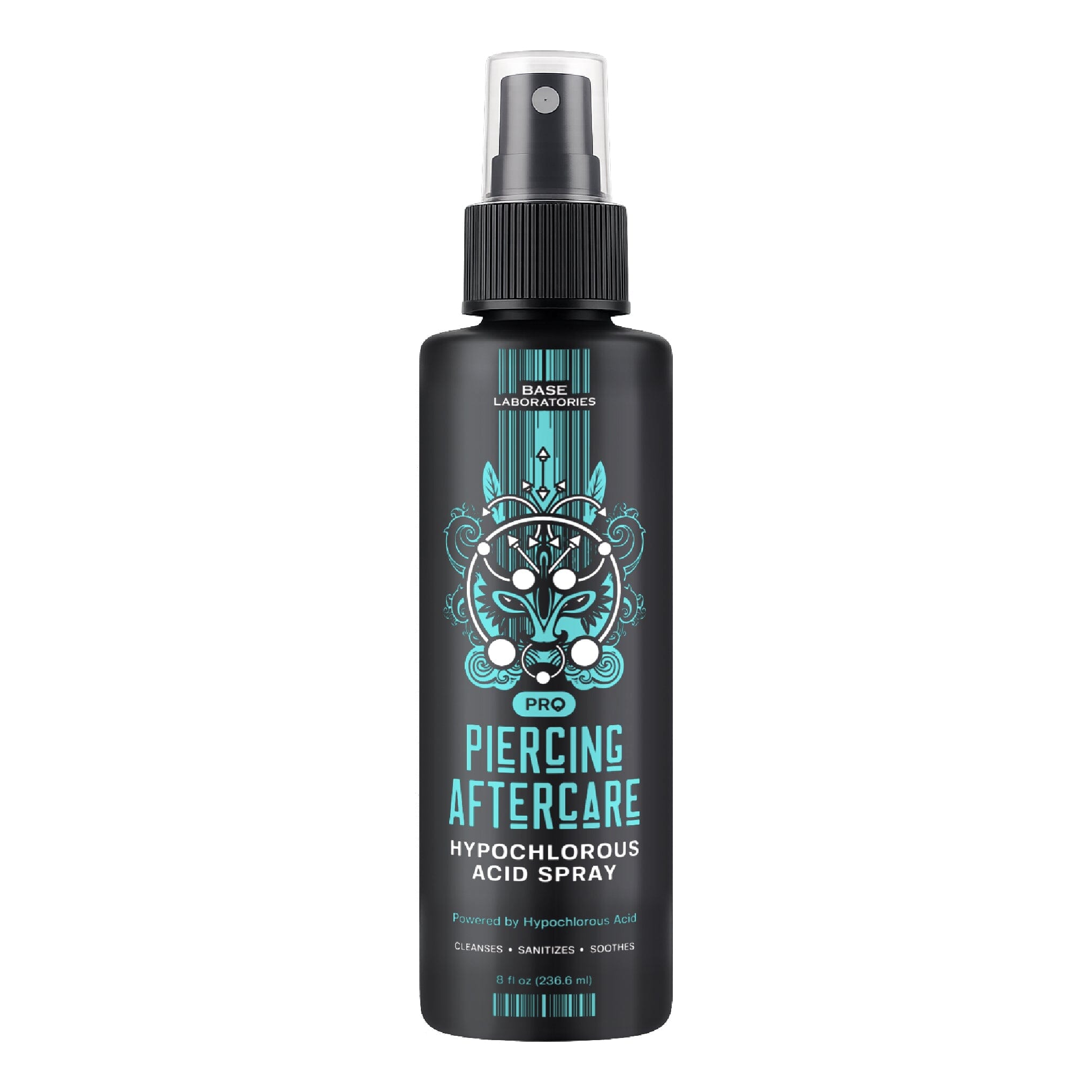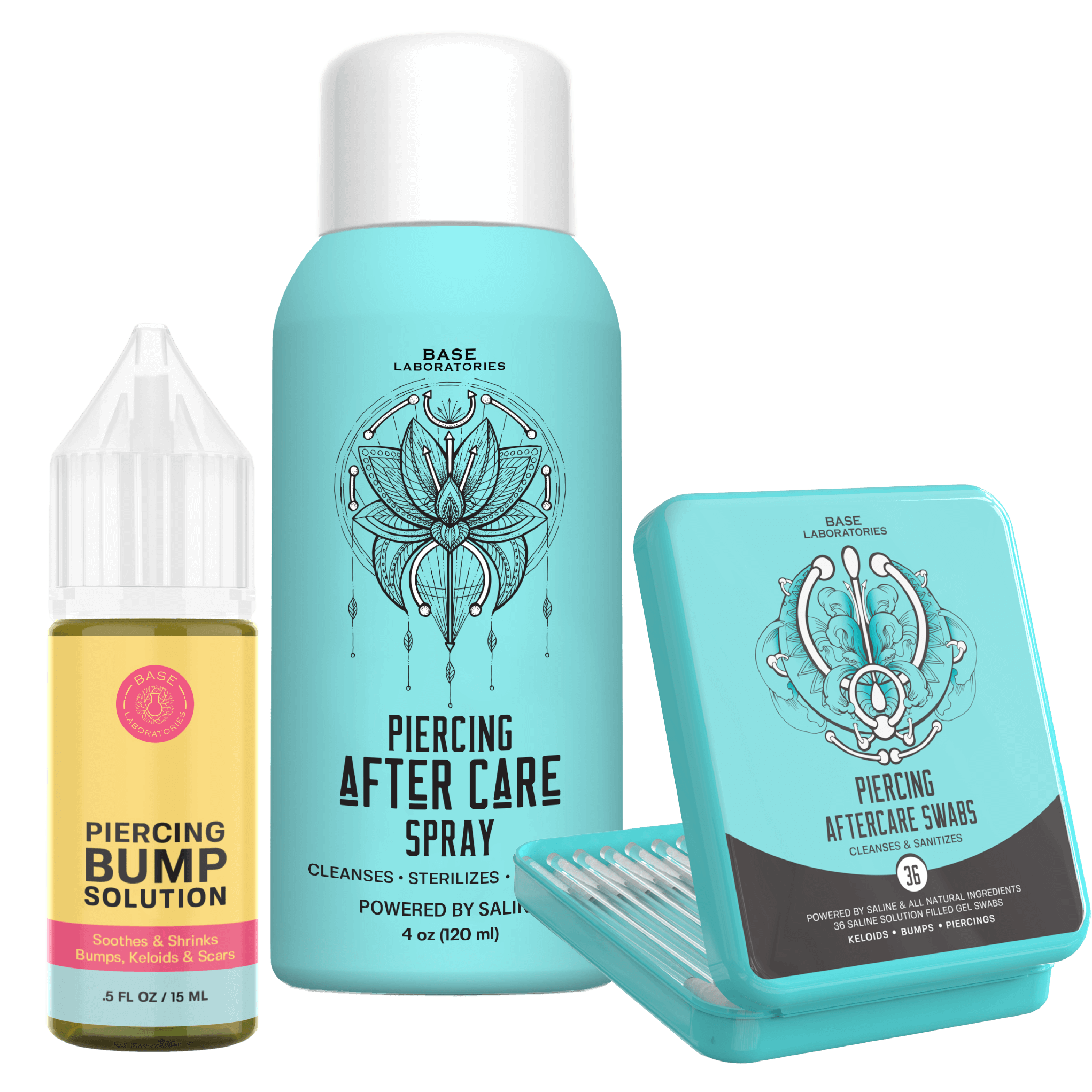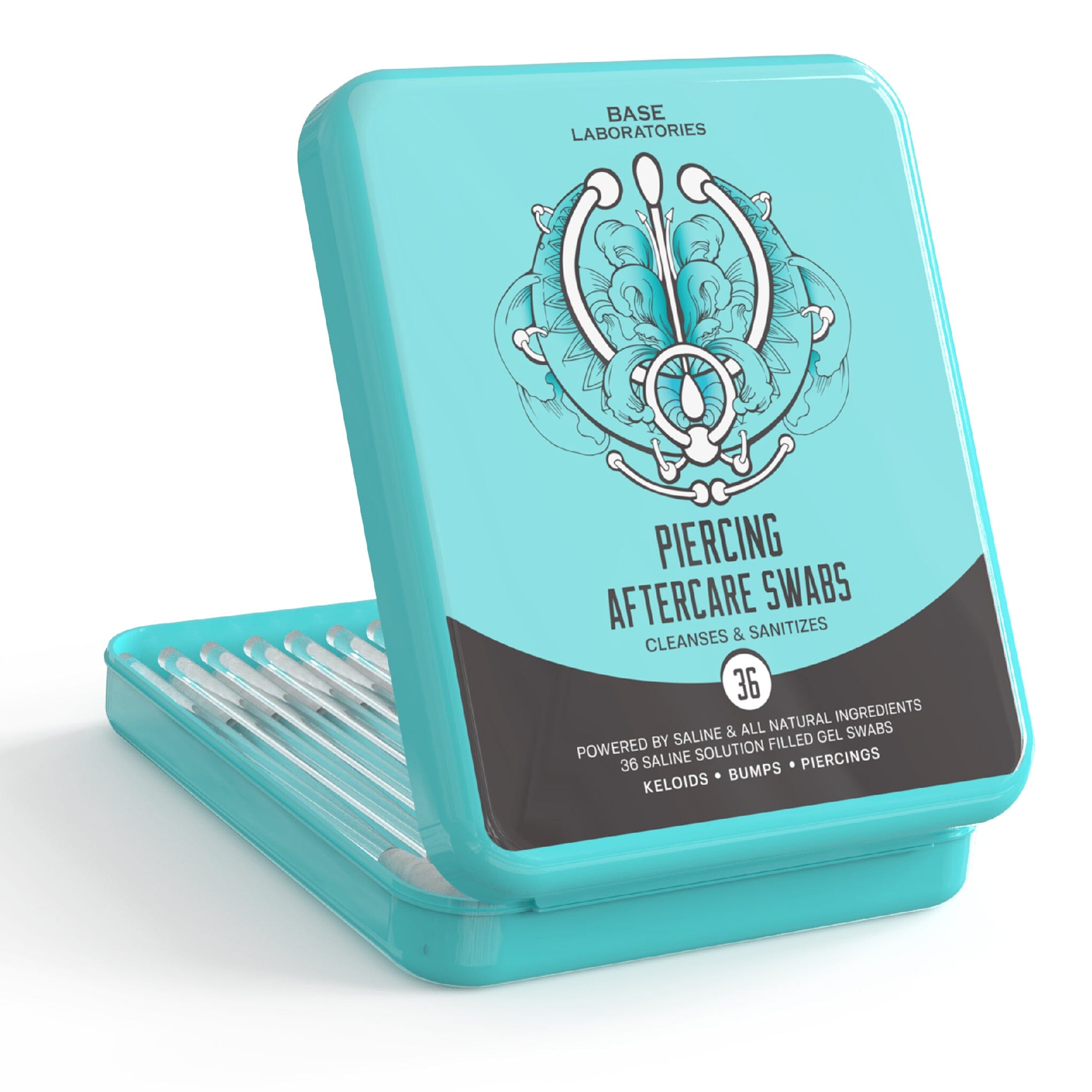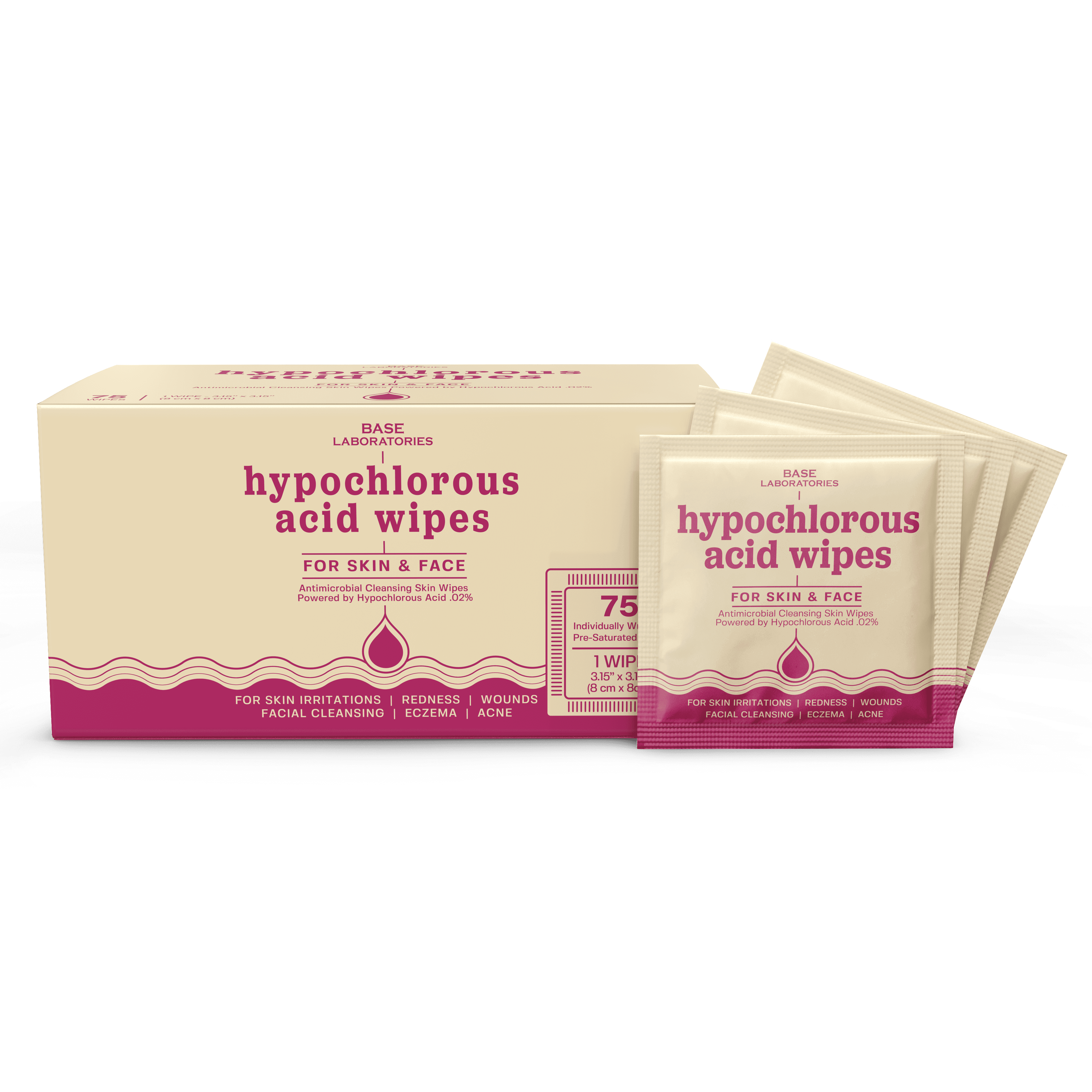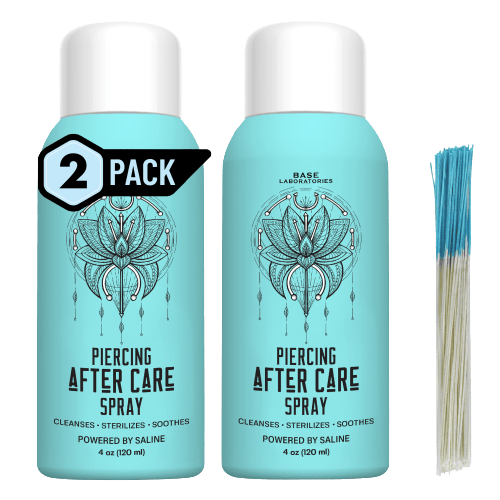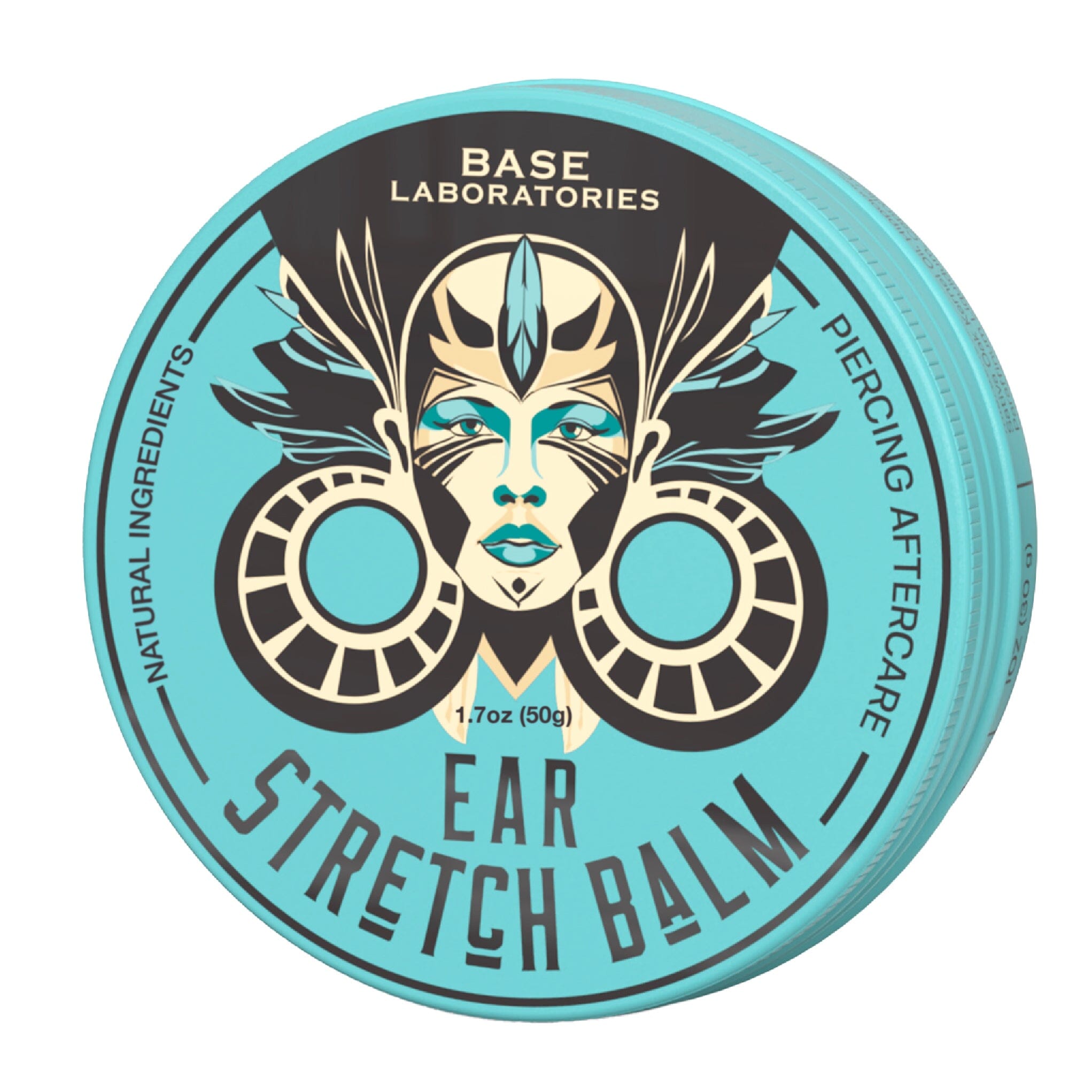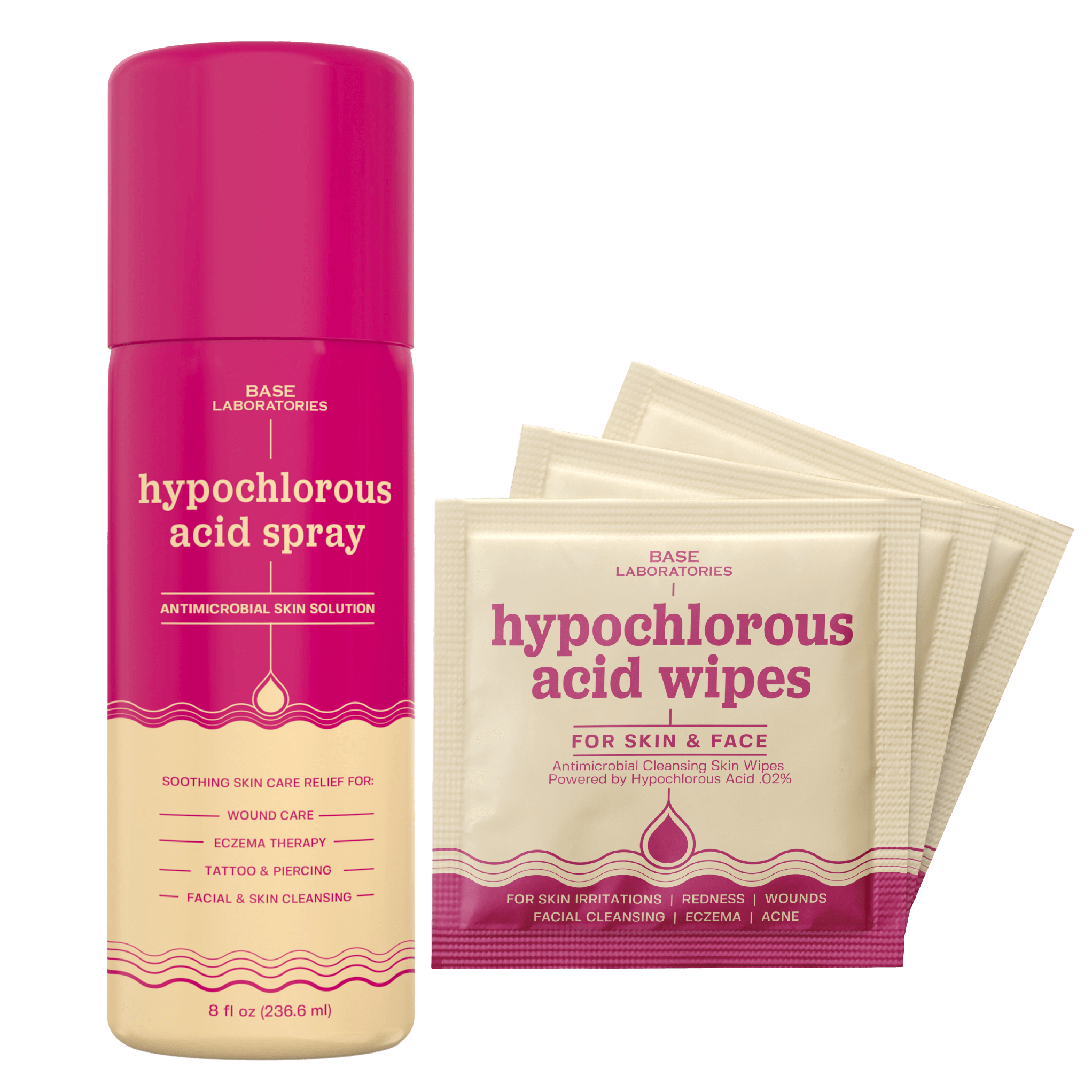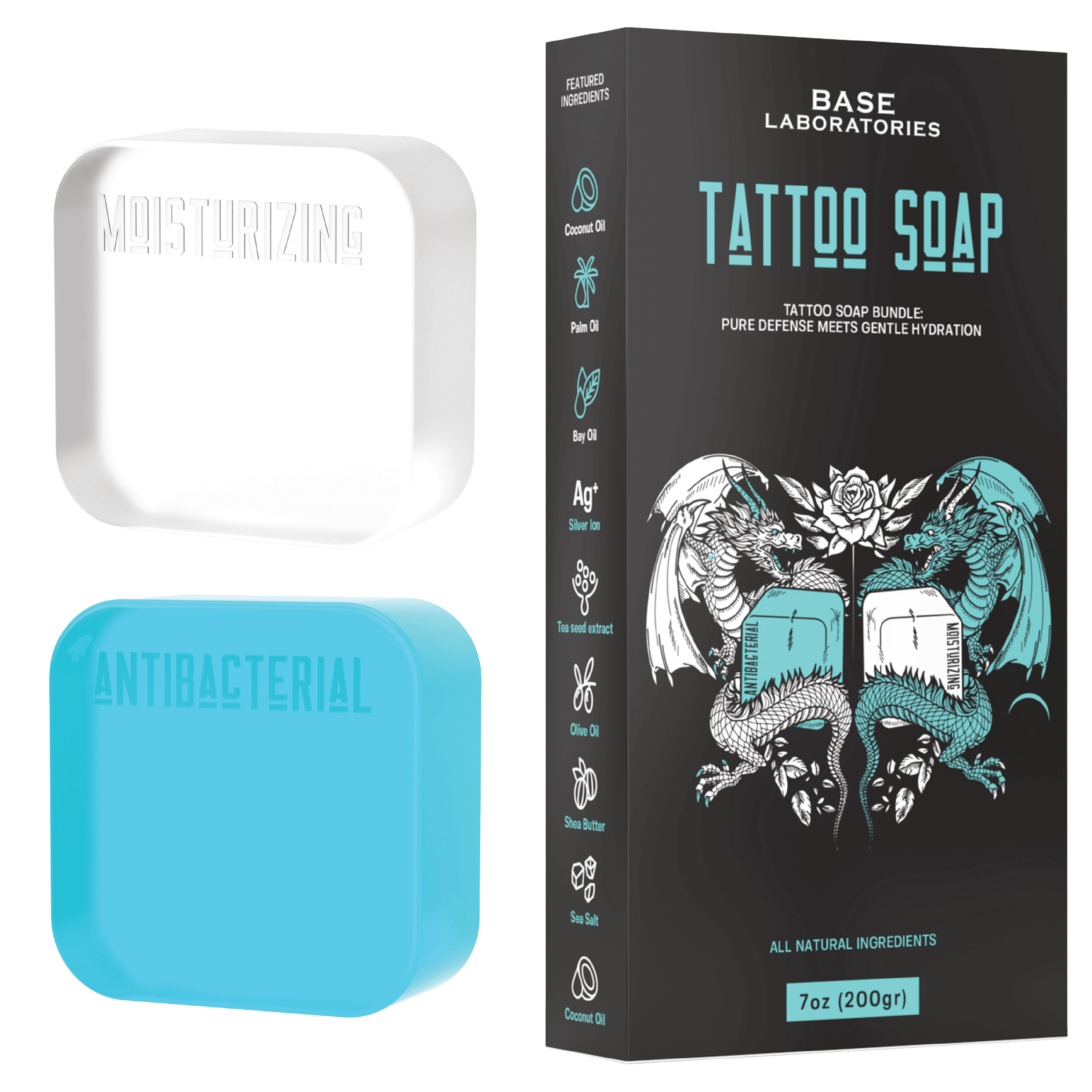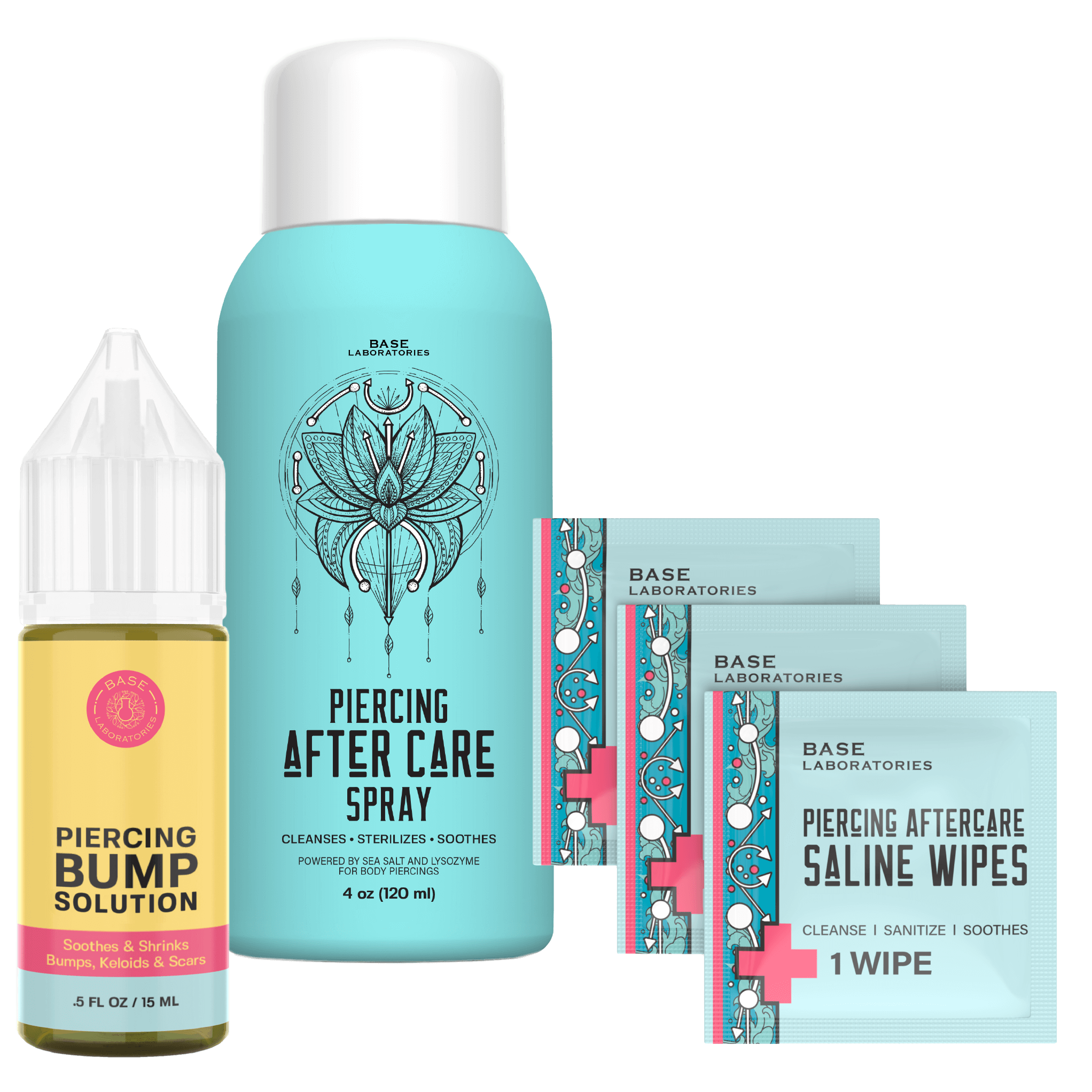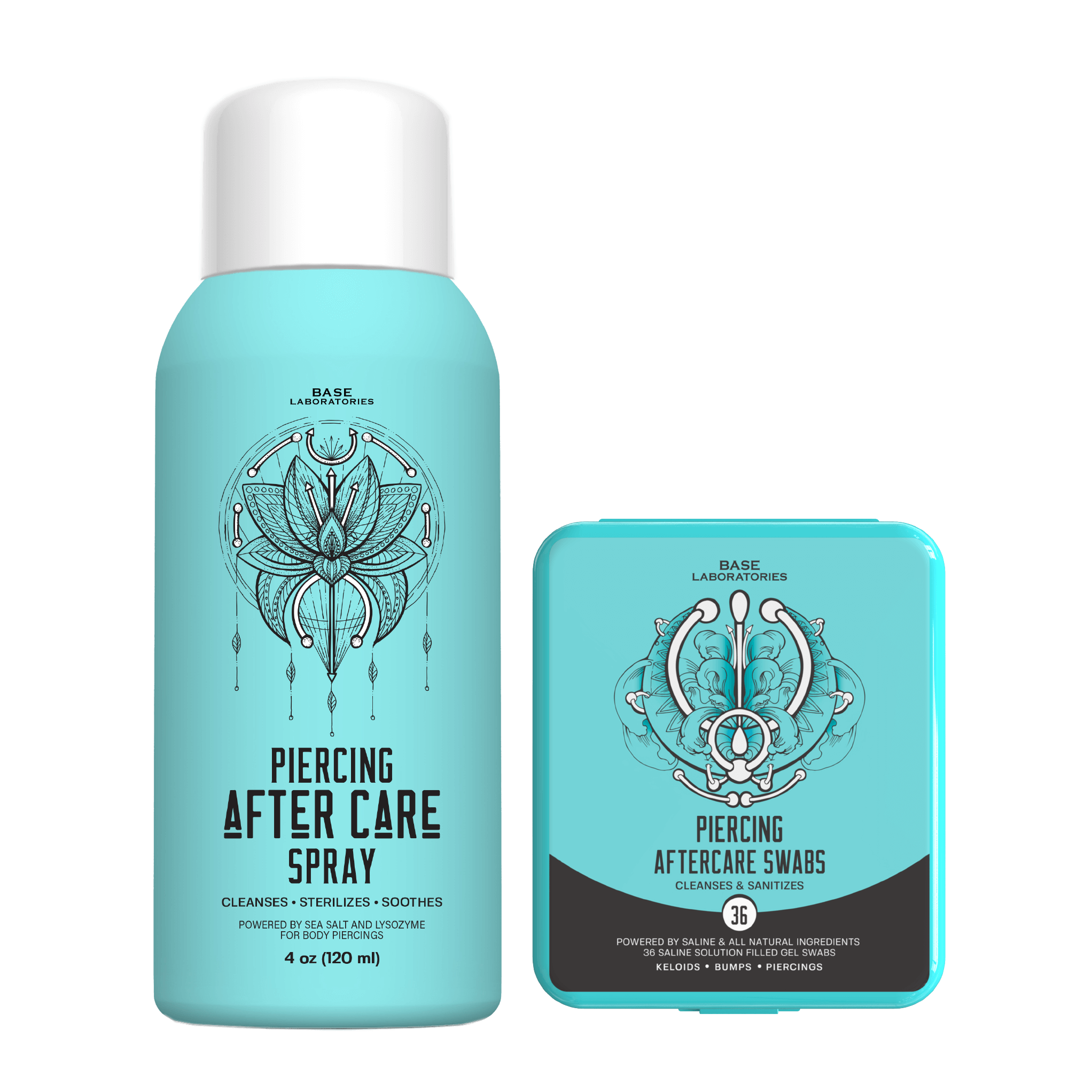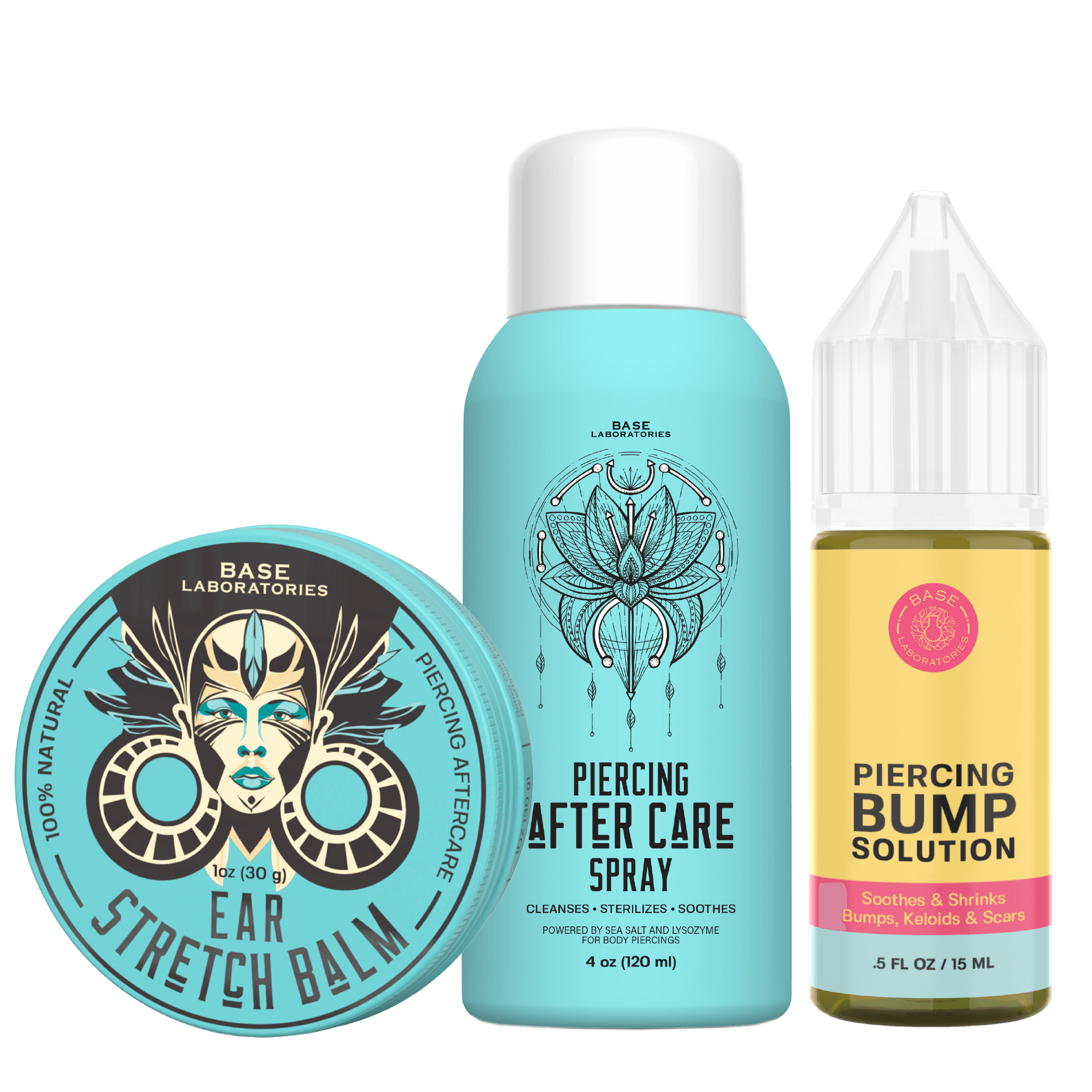Rook Piercing: What You Need to Know About the Procedure, Pain, and Aftercare
PROCEDURE
Rook piercing is done by piercing the cartilage in the innermost part of the ear, near the ear canal. This piercing is done using a hollow needle, which is inserted through the ear cartilage and into the ear canal. The jewelry that is typically used for rook piercing is a curved barbell, which is inserted through the pierced hole.
PAIN
Rook piercing is considered to be a moderately painful procedure. The pain is usually described as a sharp, stinging sensation that lasts for a few seconds. However, the level of pain experienced during the procedure varies from person to person and may depend on factors such as an individual's pain tolerance and the skill of the piercer.
AFTERCARE
Proper aftercare is essential for a successful rook piercing. The first few weeks after the procedure are the most critical, and it's important to follow your piercer's instructions to ensure that your piercing heals properly. Here are some general tips for rook piercing aftercare:
- Keep the piercing clean by cleaning it twice daily with a saline solution or warm water.
- Avoid touching the piercing with dirty hands.
- Avoid using alcohol or hydrogen peroxide to clean the piercing as they can irritate the skin.
- Avoid exposing the piercing to water while it is healing, such as during showers or swimming.
- Avoid wearing tight-fitting clothing or hats that may irritate the piercing.
- Avoid changing the jewelry before the piercing is fully healed, which can take anywhere from 6 to 12 weeks.
CONCLUSION
Rook piercing is a unique and stylish way to add some flair to your ear jewelry collection. The procedure is moderately painful, but the pain is usually brief. Proper aftercare is essential for a successful rook piercing, so be sure to follow your piercer's instructions and avoid any activities that may irritate the piercing.


